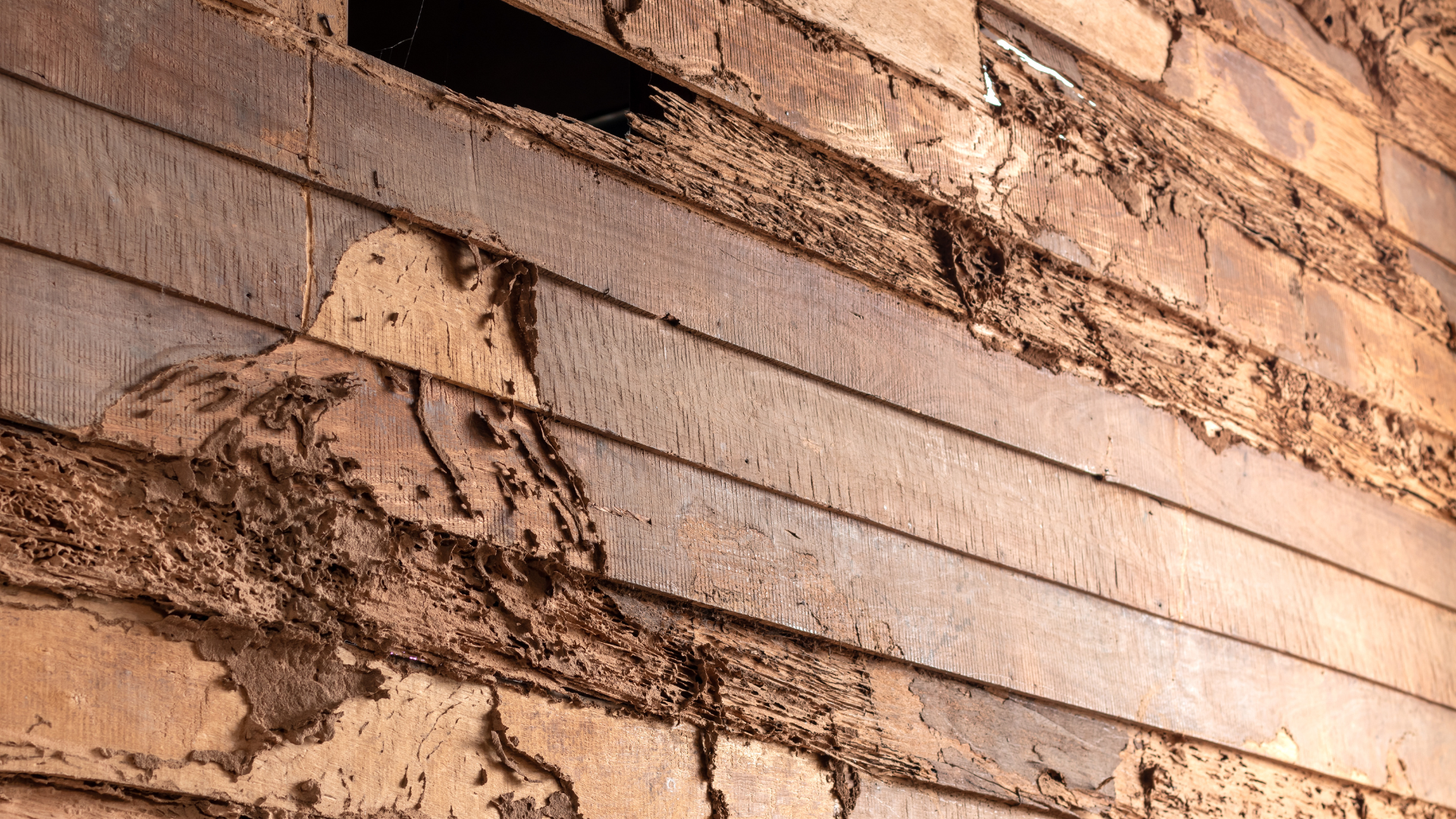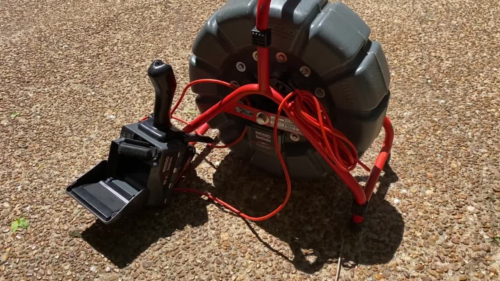Radon Testing
Radon is a colorless, oderless, tasteless radioactive gas that forms naturally when uranium, thorium, or radium break down in rocks, soil and groundwater. People can be exposed to radon primarily from breathing it in due to its natural ability to that seep through cracks and gaps in buildings and homes. The only way to ensure radon is at safe levels in the home is through proper testing of EPA certified radon monitors.

How Common is it?
The EPA has rated most of the middle TN counties as Zone 1 for the presence of radon. Zone 1 is the highest of the 3 zone system. The difference of zones help identify areas in the U.S. that have the potential for elevated indoor radon levels. Studies have found that 1 in every 15 homes nationwide have a high radon level at or above the recommended action level of 4 pCi/L (picoCuries per liter of air).
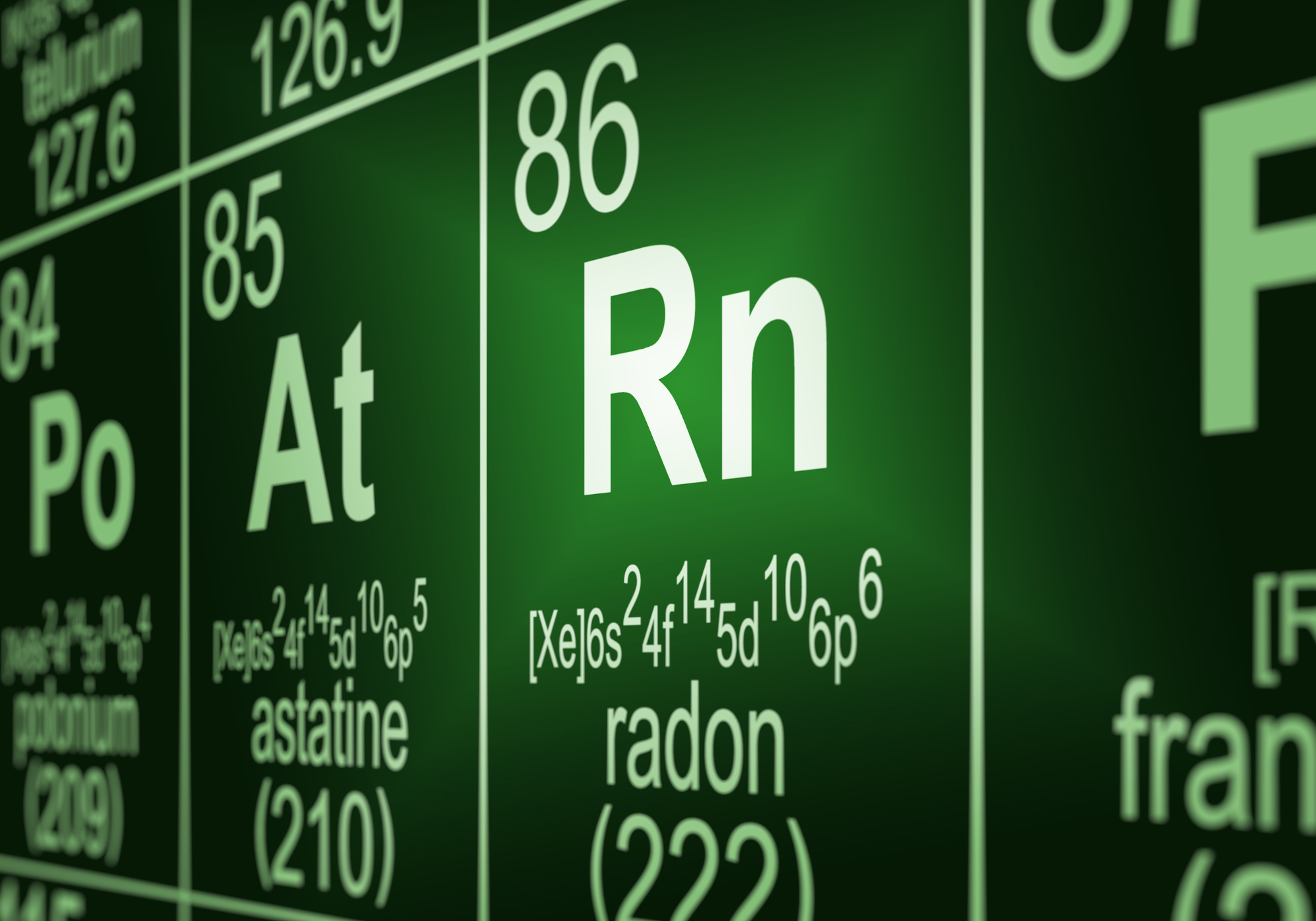

What are the Health Risks?
Radon is the number one cause of lung cancer among non-smokers, according to EPA estimates. Overall, radon is the second leading cause of cancer. The EPA states that “radon is responsible for about 21,000 lung cancer deaths every year. About 2,900 of these deaths occur among people who have never smoked.
What is the Grading System for Safe and Unsafe Levels?
If the results of your radon test exceeded 4 pCi/L, the EPA recommends that a follow up test be conducted. If the follow-up test results (or the average of the two tests) also exceed 4 pCi/L, it is recommended that you home should be mitigated to reduce the levels of radon inside the home.
Due to the speed of real-estate, it is common to make mitigation decisions based off of a single test by use of an EPA approved test monitor (DILIGENT can provide multiple tests as requested). Based on a national residential radon survey, the average indoor radon level is about 1.3 pCi/L in the U.S. The average outdoor level is about 0.4 pCi/L.
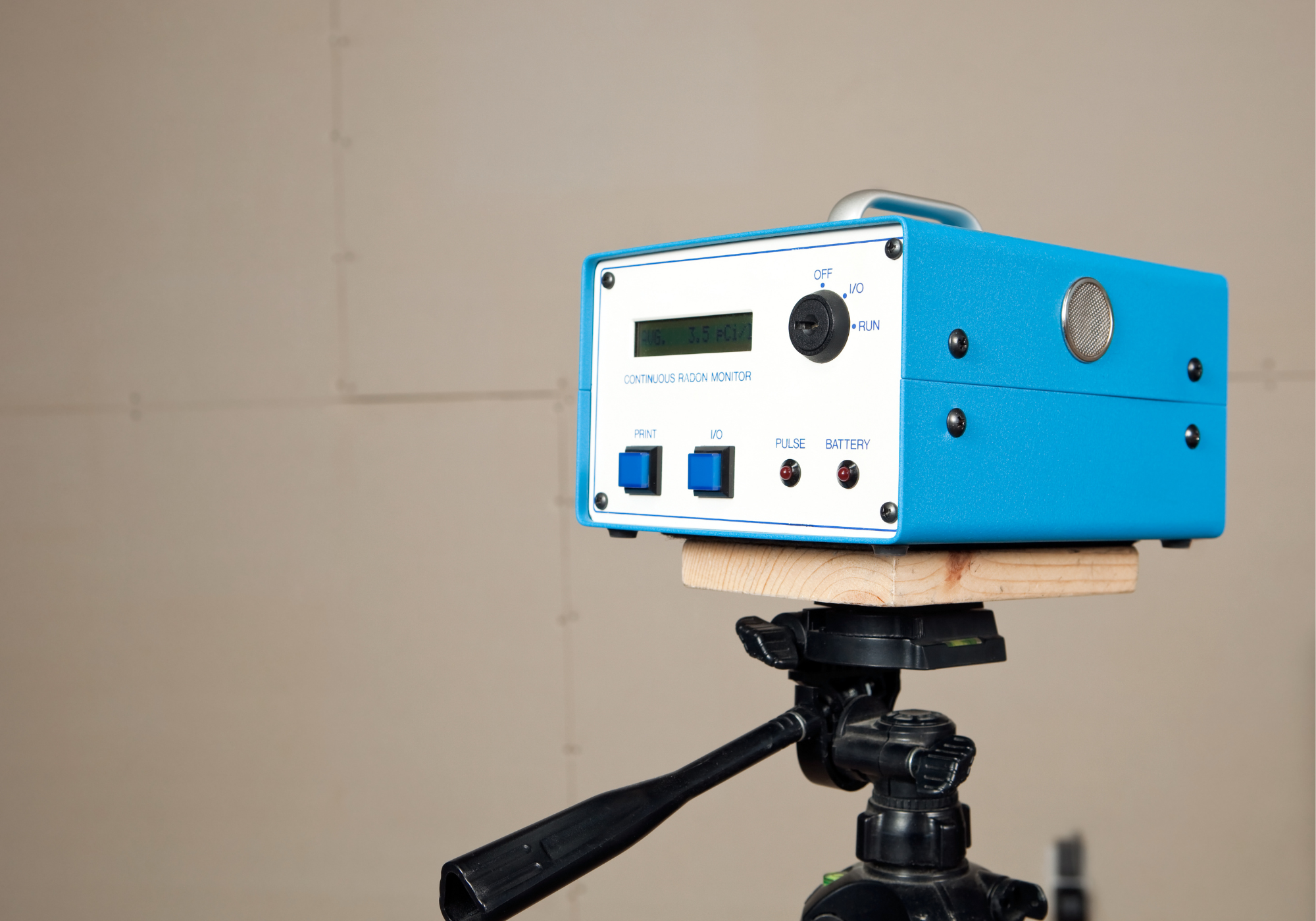
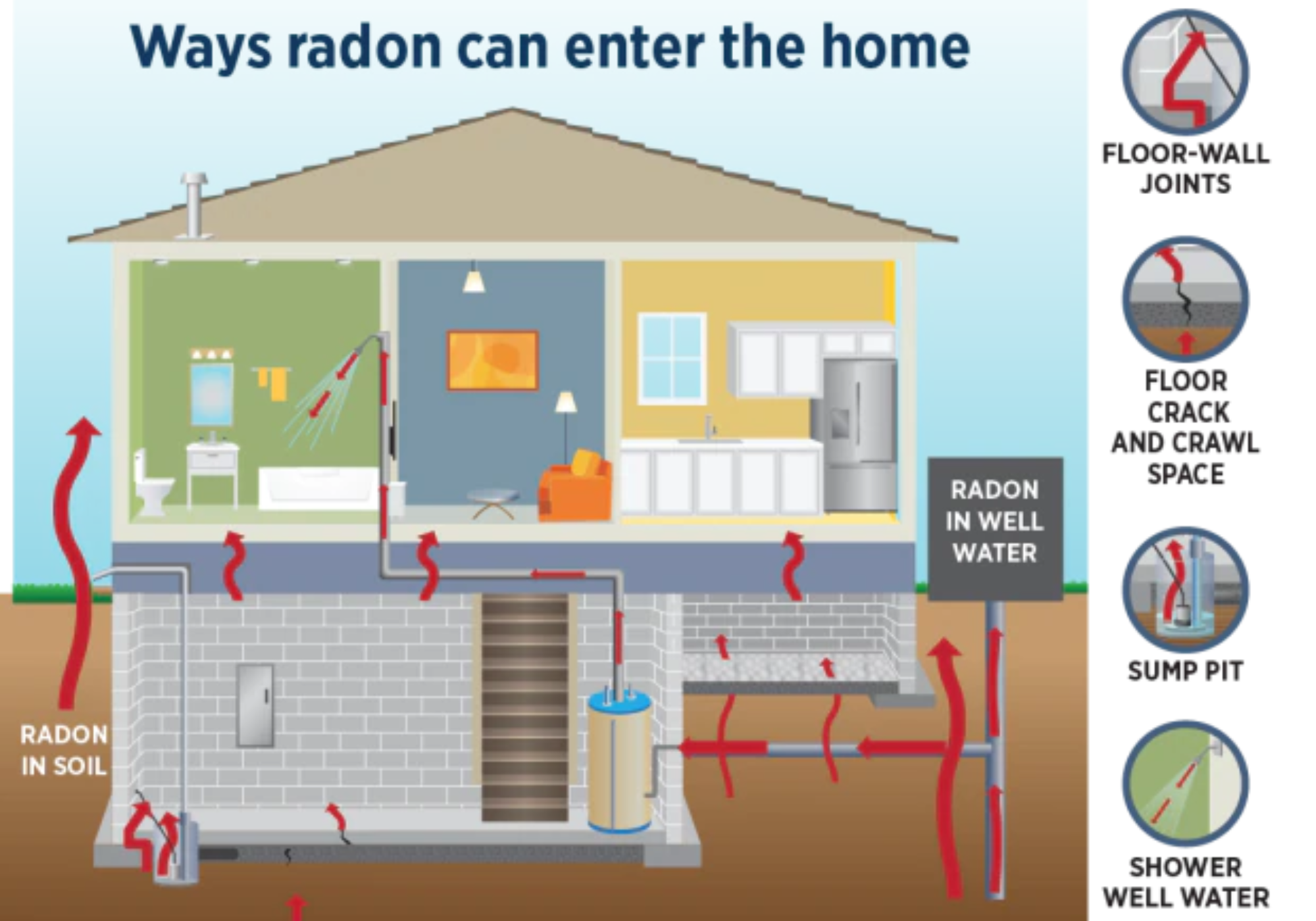
What is Radon Mitigation?
Radon mitigation can look different from home to home based on the varying types of construction. Radon mitigation at its core is a simple system of underground pipes and an exhaust fan to create a low pressure point below the home that radon gas will be drawn into. The configuration will look different if your home has a basement, slab, crawlspace, or a mixture of multiple designs. It is not uncommon to have multiple systems on houses with a larger footprint.
Learn about Our Services
INSPECTION TYPES
Home Inspection
Commerical Inspection
Pre-Drywall Inspection
Quick Consult
Mold Assessment
Crawlspace Consultation
Stucco / EIFS / Stone Veneer
Structural Inspection
Short Term Rental Inspection
Termite Inspections
Radon Testing
Sewer Camera Inspections
Mold Screening
Repair Inspection
Cost Outline Report
Lead / Asbestos Testing
Water Testing
Pool / Spa Inspection
Termite Inspection
Undetected termites will use your home for a dinner date; we recommend all homes get a termite inspection before it’s too late!

